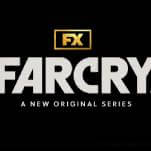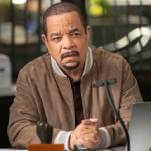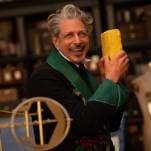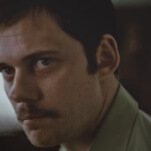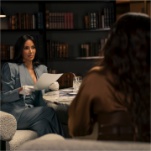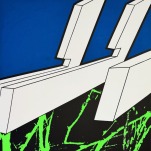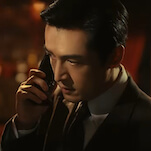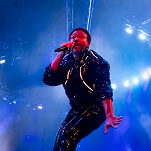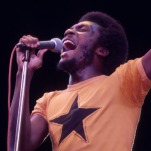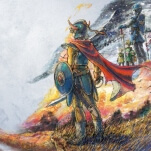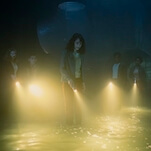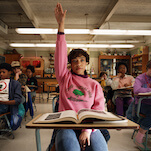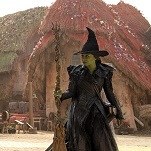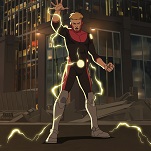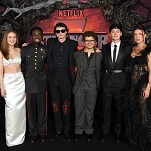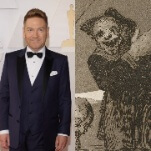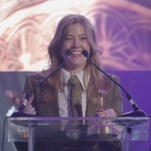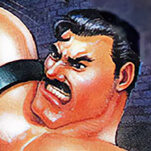Filmmaker (and Risk inventor!) Albert
Lamorisse is hardly a household name even among cinephiles, though his 34-minute
1956 short "The Red Balloon" has played in countless French classes and public
libraries over the decades, and still moves people who remember those
screenings to weepy rapture. It's such a simple film, too: Lamorisse's son
Pascal plays a schoolboy who totes around a helium-filled balloon almost as big
as his body, and when his grandmother forces him to let the balloon go, the
balloon proves loyal, and follows Pascal around Paris. Lamorisse deploys
phenomenal special effects to make the balloon bob and weave around walls and
through windows in order to get back to its master. Even more impressive is the
film's sentiment, as the balloon takes on childlike characteristics, and even
suffers some of the same separation anxiety and obnoxious bullying as Pascal.
Three years before "The Red Balloon," Lamorisse
had his first international success with the 40-minute "White Mane," another
fable-like children's film with strong documentary elements. (It's like a more
poetic take on Walt Disney's "True Life Adventures" series.) Alain Emery plays
a ragamuffin preteen fisherman who takes a liking to a wild horse, and does
what he can to protect it from a band of trappers. Much less fanciful than "The
Red Balloon," "White Mane" is action-packed but stark and unforgiving. It's
filmed in stunningly bright black and white, and filled with scenes like the
one where two horses fight for dominance, with no violence faked. And yet "White
Mane" can be beautiful, too, as in its long chase scenes through the marsh, in
which the horses look like they're running on glass.
Lamorisse's work pre-dates the French New Wave by
a couple of years, but there's a lot of the rising generation's spirit in his
emphasis on blending docu-realism with pure imagination. At the least, he
proved there was a wide audience for this kind of art, which falls halfway
between poetry and juvenile fiction. According to Michael Koresky's essay in
the DVD booklet, "The Red Balloon" was made available in an inexpensive 16mm
version that became so popular in schools that the film became "the
largest-selling non-theatrical print in American history." And no wonder:
Playfulness and fear will always be universal.
Key features: Rien.


